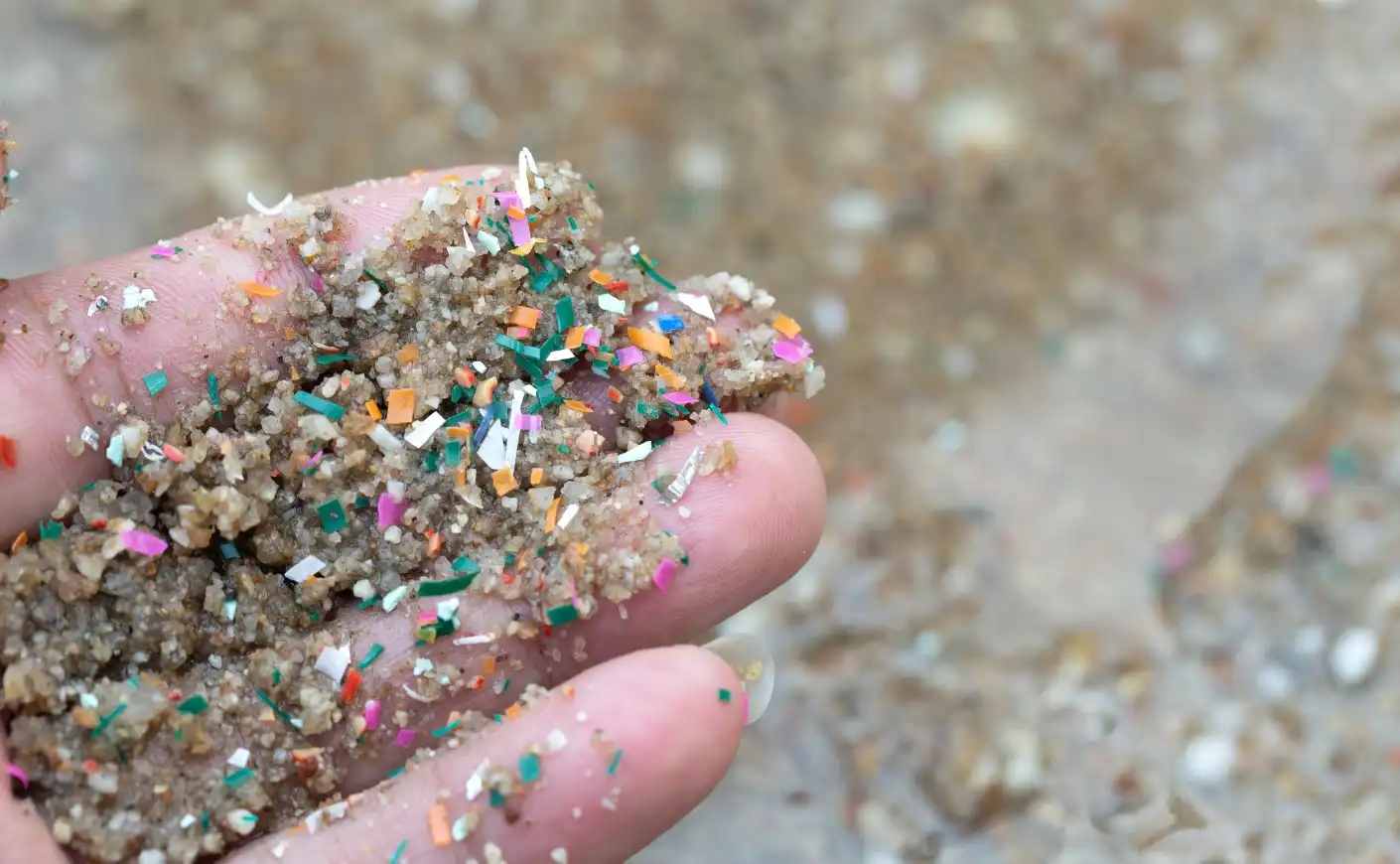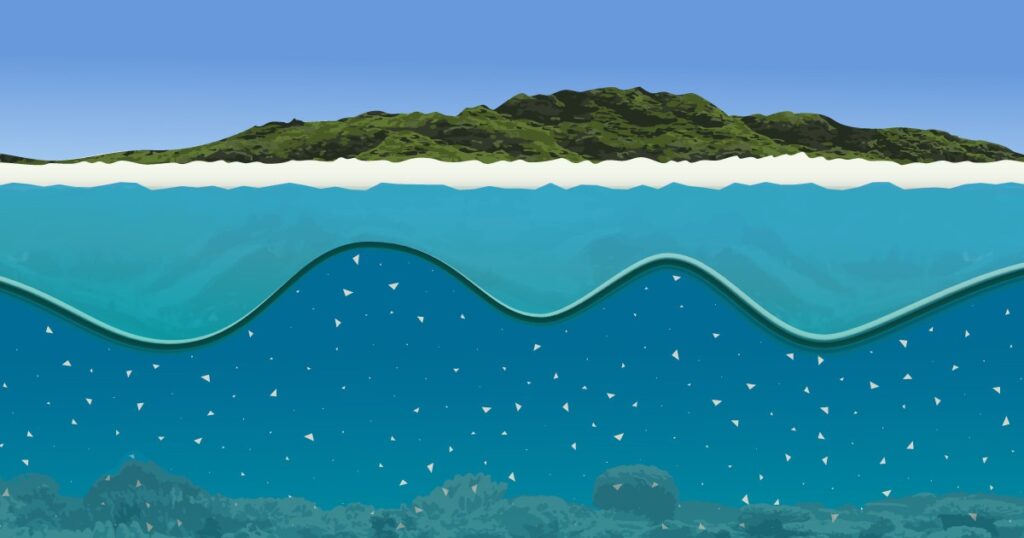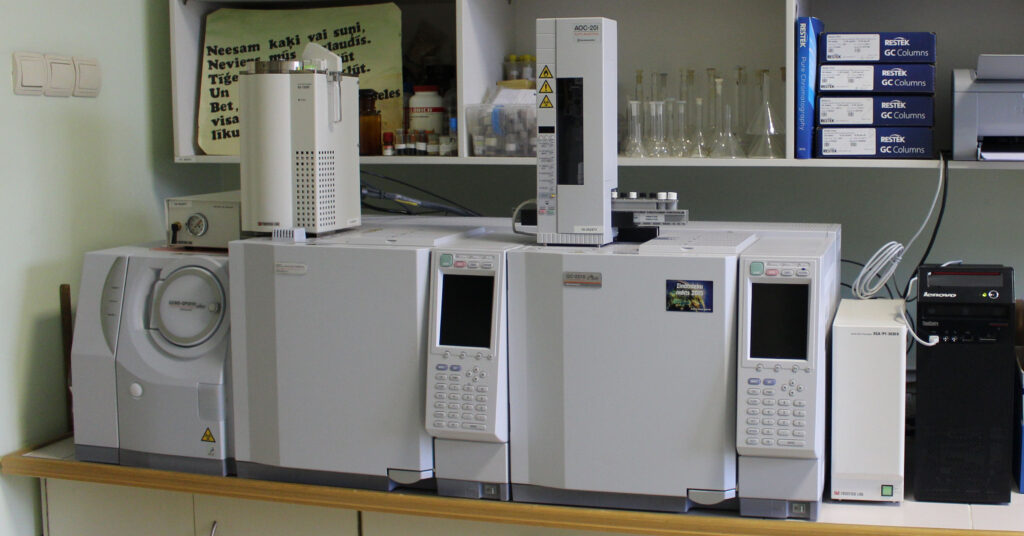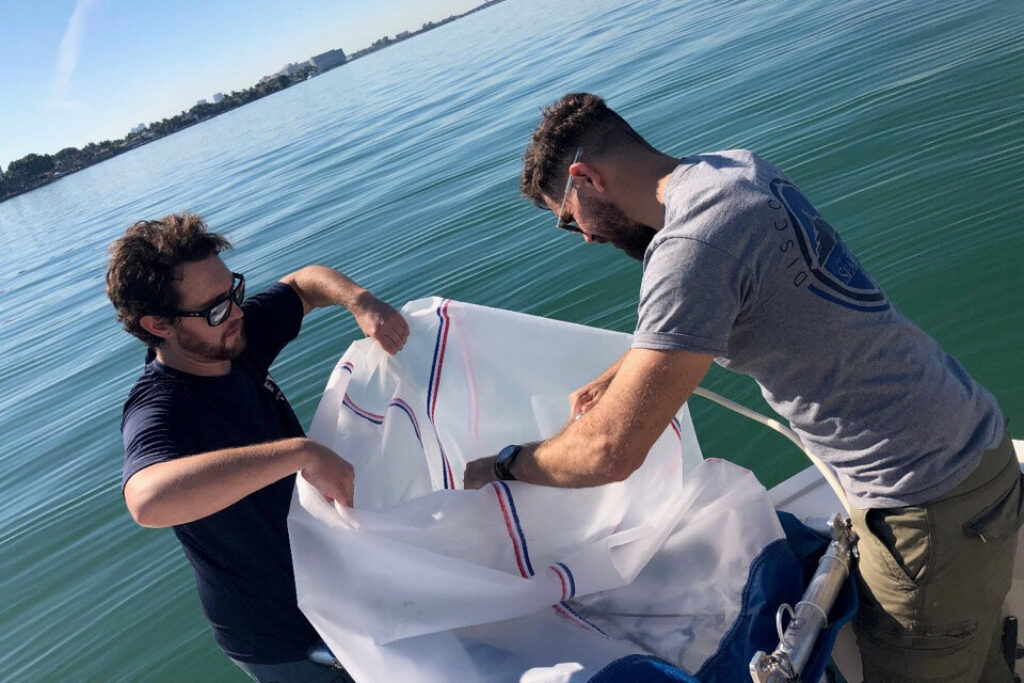
Microplastics, small pieces of plastic less than 5mm in size, are emerging as one of the most formidable environmental challenges of our time. Ubiquitously present in a wide range of environmental samples, they pose an insidious threat to ecosystems and, potentially, human health. To accurately quantify and characterize these minute plastic particles, rigorous, efficient, and innovative analytical methods are needed. This article explores some of the pioneering solutions in the field of microplastic analysis.
Table of Contents
Novel Sampling Techniques

Source: oist.jp
Effective analysis begins with representative sampling. Traditionally, environmental samples for analysis have been gathered using laborious and time-consuming methods, often limited by spatial coverage and depth. Innovatively, researchers are now deploying automated, drone-based systems for surface and subsurface sampling in aquatic environments. These devices, equipped with advanced sensors, offer wider coverage, and depth variability, and can gather samples at a much faster rate than manual methods, improving the efficiency and reliability of microplastic monitoring. Dealing with moisture control and conducting an analysis there is another novelty solution.
Infrared (IR) and Raman Spectroscopy
Spectroscopic techniques, particularly infrared (IR) and Raman spectroscopy, have emerged as powerful tools for microplastic analysis. Both methods allow the identification and quantification of polymers based on their unique spectral signatures. Moreover, the recent development of portable IR and Raman spectrometers has made these technologies even more accessible. One notable innovation is the integration of machine learning algorithms with spectroscopy, enabling the automatic recognition and classification of microplastics, which significantly speeds up the analysis process.
Pyrolysis-Gas Chromatography/Mass Spectrometry (Py-GC/MS)

Source: scientificservices.eu
Pyrolysis-Gas Chromatography/Mass Spectrometry (Py-GC/MS) is a relatively new technique gaining traction for its efficiency in microplastic identification. It involves the thermal degradation of a sample into smaller molecules, which are then separated and identified by gas chromatography and mass spectrometry. Py-GC/MS can distinguish different types of plastics, including complex mixtures, with high sensitivity and precision, making it a promising technique for the comprehensive analysis of microplastics in environmental samples.
Micro-FTIR Imaging
Micro Fourier-Transform Infrared (Micro-FTIR) imaging is a cutting-edge technique enabling the rapid detection and identification of microplastics in environmental samples. Unlike traditional methods that often require labor-intensive, separate steps for detection and identification, Micro-FTIR imaging combines these processes, considerably speeding up the analysis. The technique provides high-resolution images that allow the simultaneous visualization and characterization of multiple particles, making it an excellent tool for high-throughput analysis of microplastics.
Combating Microplastics with Citizen Science

Source: phys.org
Aiding the scientific community’s efforts, citizen science projects such as the ‘Microplastics Survey’ encourage people to collect and analyze samples from their local environments. This democratization of science not only expands the reach of microplastic research but also raises awareness of the issue among the public. The combination of citizen science and advanced analysis techniques has the potential to significantly improve our understanding of the microplastic problem.
Final Thoughts
Addressing the microplastics challenge necessitates a robust understanding of their distribution, quantity, and composition in various environmental compartments. Fortunately, the field of microplastic analysis is experiencing a surge of innovation. From drone-based sampling to sophisticated spectroscopic techniques and citizen science initiatives, these novel approaches are enhancing our ability to detect and identify microplastics.
While these advancements are encouraging, more research and development are needed to perfect these methods and develop new ones. The stakes are high, and the need is urgent. The quest for innovative solutions in microplastic analysis, therefore, represents not just a scientific endeavor but a collective responsibility toward preserving our environment.







